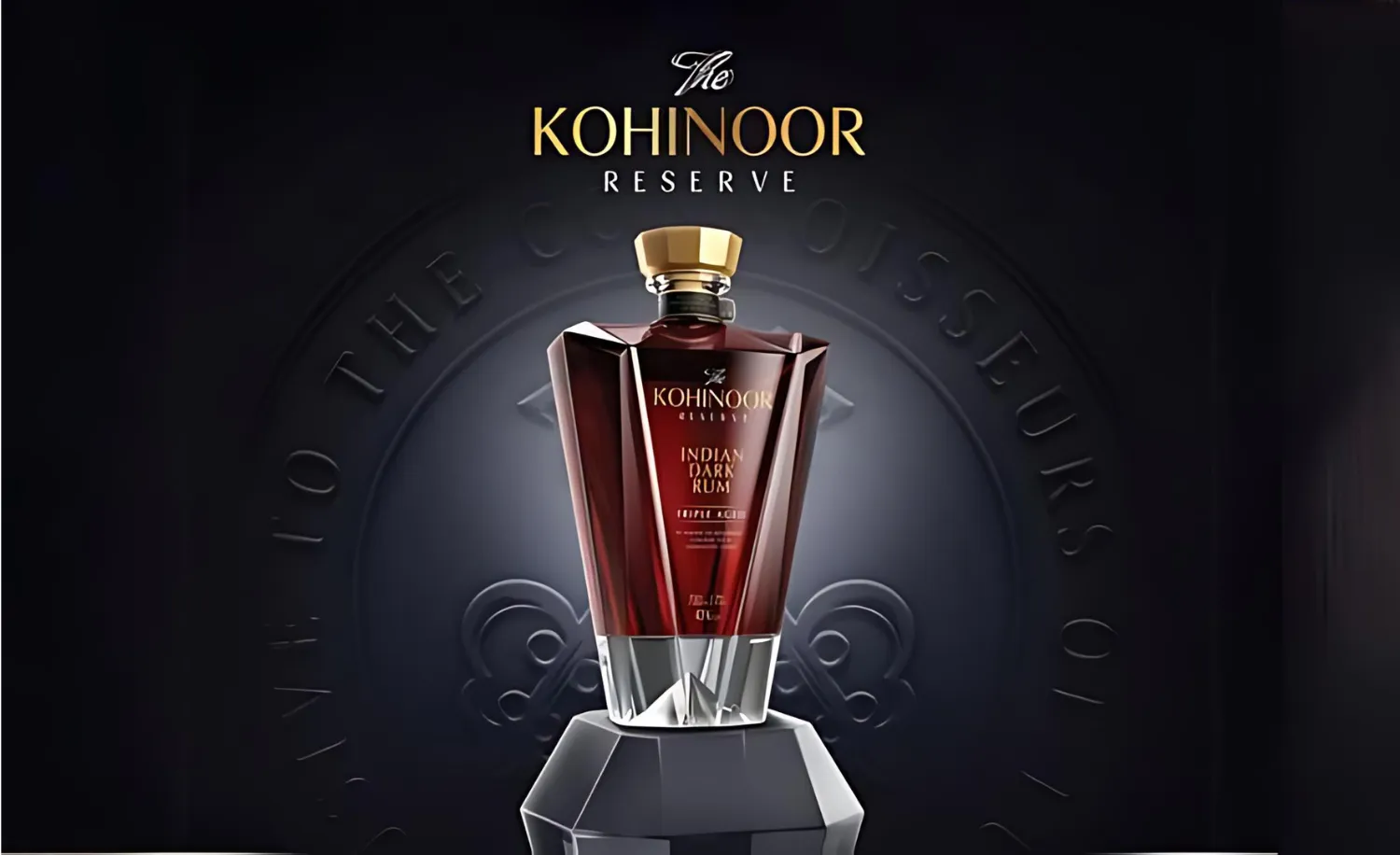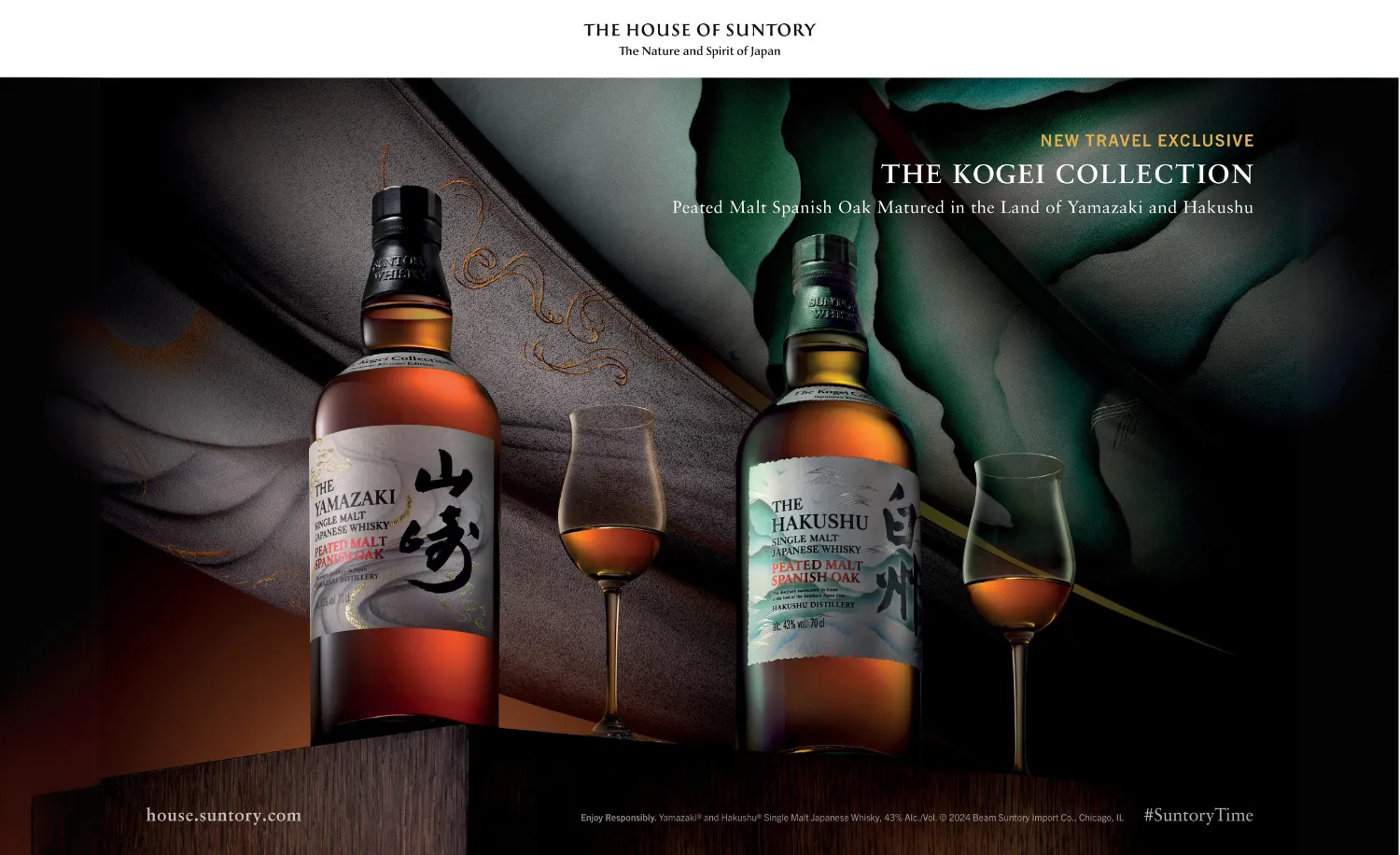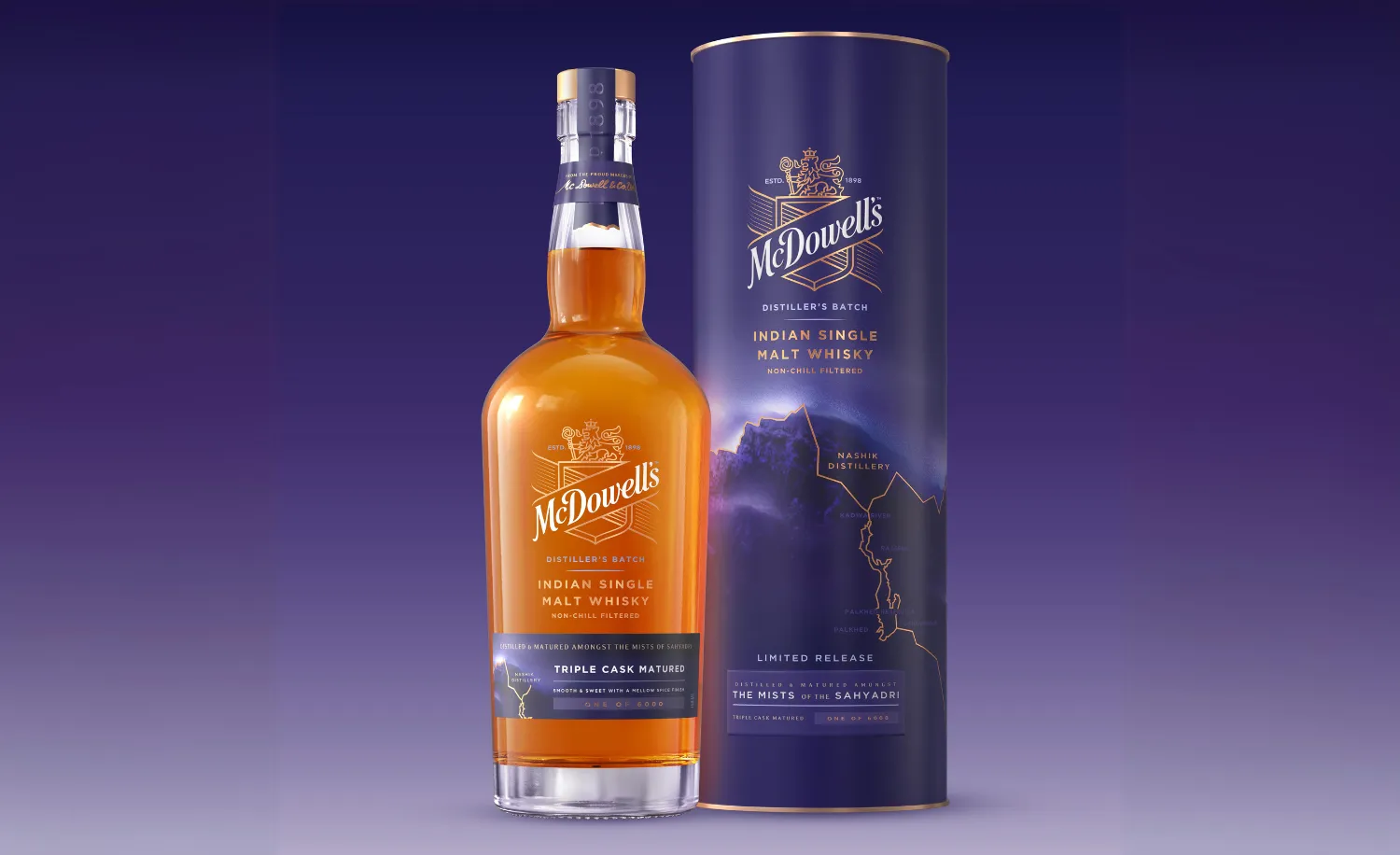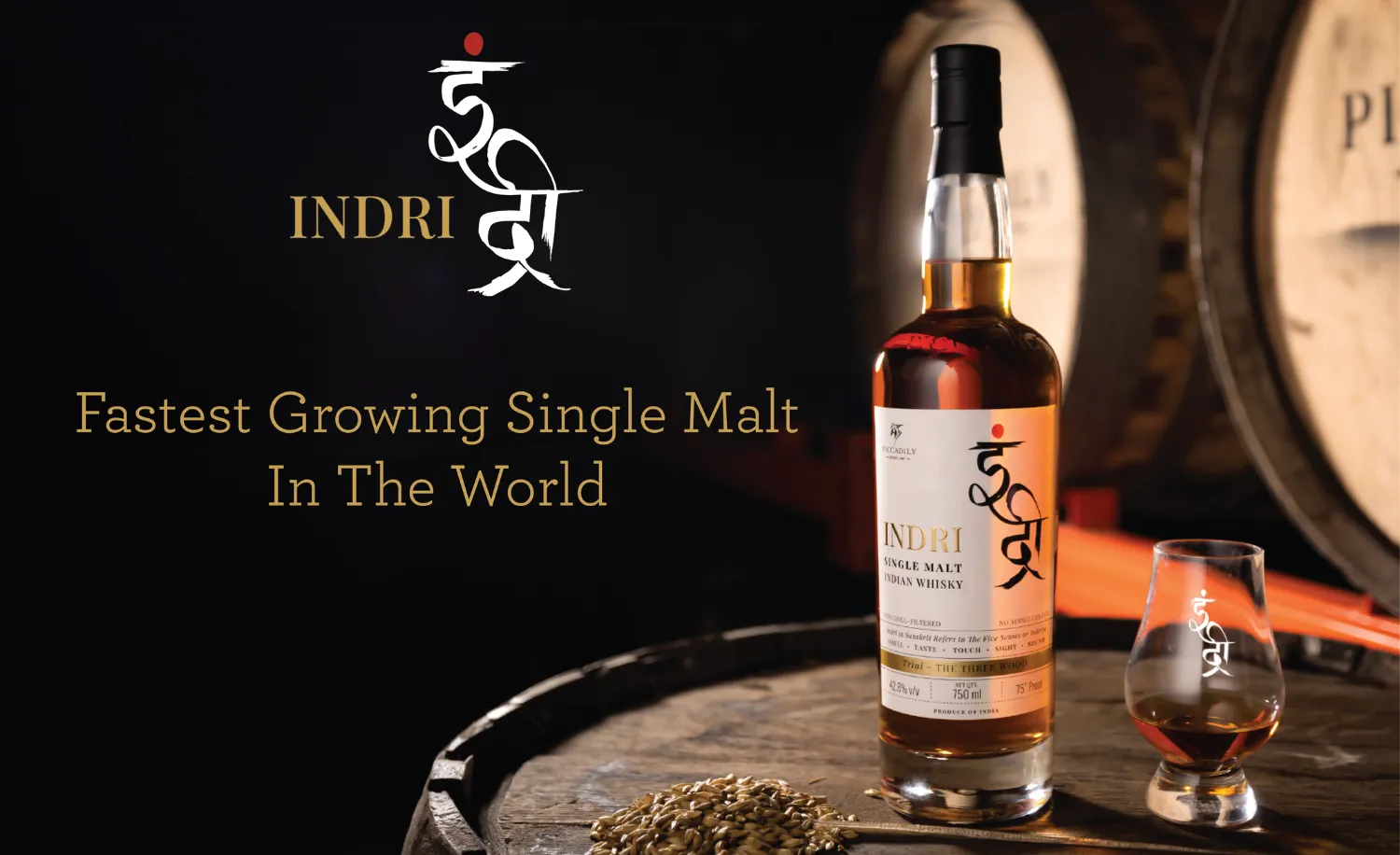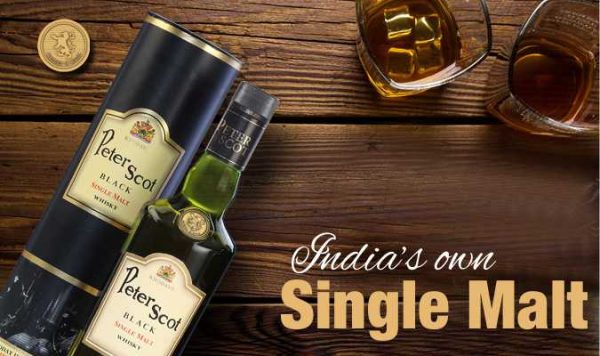Nebbiolo Prima
New Vintages,
New Formula
Each year, Piedmont’s historic gastronomic city of Alba prepares itself to uncork three magnificent vin-tages of six wonderful regional expressions, a blend of rare craftsmanship and time, to the palate of a selected few around the globe. These DOCG designated wines (signifying wines of the highest quality under Italian wine laws) of Barolo, Barbaresco, and Roero, with their muscled Riservas, pour through distinguished glasses at a five-day event called Grandi Langhe Nebbiolo Prima.

Reduced to three days this year, each morning wine mavens slip by at the venue, blind-tasting dozens of wines, more than a hundred in all, from designated sub-regions of a wine style. Every wine in this famous assembly is at least three years old and yet waits to be discovered like a newborn in a crib. It’s a peerless technical challenge to savour yet-to-emerge wines, decipher their vintage characteristics, the play of regional and winemaking influences on the crop, decode the play of ageing, and bet on their potential. Yet, professionals wait eagerly for a crack at this daunting challenge, which in the least is educative and indulgent. This year’s pre-release DOCG wines were 2011 Barolo Riserva, 2012 Barbaresco Riserva, 2013 Baro-lo and Roero Riserva, 2014 Barbaresco and Roero. The challenge at this edition, compressed to three from five days, was not just about tasting and judging so many different great wines, but about doing so in a much shorter time frame. This appeared to be a prescription for palate fatigue, which in turn could influence one’s judgment. Furthermore, most wines were from the two most challenging vintages this decade, 2013 & 2014. For the faint-hearted all this could easily have been a deal-breaker, but for me it was an exciting prospect: an opportunity to taste two of my favourite North-Italian wine-styles, Barolo & Barbaresco, in their most unpretentious forms. It’s a liquid journey through the hills of Langhe, their communes, top sites, and winemaking styles that have created continuous excitement for decades now and are amongst the most prized and priciest European reds.

Barolos are aged for a minimum of 38 months of which 18 are in oak barrels, while Barbarescos need to age for a minimum of nine months in oak of their pre-release age of 18 months. Nebbiolo forms formidable pillars for these wines to rest on and age graciously, creating layers of complexity and developing into a gastronomic treat. It displays vintage and site variations exceptionally well and thus knowledge of the region’s topography and distribution and attributes of the communes is a necessary prerequisite.With all set, we tasted, and tasted,and tasted some more, and this is my review of the vintages released
2013 Barolo DOCG
In the books it was described as a cold and rainy vin-tage, indicating late bud-break and hard work in the vineyards with fungal issues. The onset of mildew had expectedly led to loss of crop for many. While damp soil, which is welcomed as a water reserve for approaching hot summers, renders the vineyards too moist for machines to operate and the only option, therefore, is manual spraying, which is costly and highly exhausting. However, the area has seen many climatic inconsistencies in the past and its producers have learnt from those experiences. Thus it hadn’t been all gloom and this is where Barolo is unique. While in Burgundy a bad vintage can send the entire region scurrying for cover, Barolo, thanks to its topographic diversity, always has some commendable betting options on the table.
Due to long ripening seasons, most Barolos have silky tannins, and therefore, have a firmly shaped personality. But in the cooler areas, tannins were grippy and simply too young to have evolved when we tasted. The vintage promised elegant wines meant for younger drinking, subtle, elegant, perfumed and effortless in their best avatars. Communes of Barolo,Novello,

and Monforte failed to impress this year, while Verduno was a big hit. Its wines were fruity and mid-weight, and carried structural appeal. Castiglione Falletto produced some great specimens touched with perfume and the top drops hailed from Serralunga, marked by grace and textural finesse.
With 2013 producers needed to show some tact and more skills in tackling natural influences, gently extract climatically well-crafted fruit and allow the ageing in oak to do no more than let smoothen the wine and provide it shape with gentle minimalistic handling. Those who couldn’t decode the vintage ended up producing severe imbalances in ripeness, the fruit further marred by obtrusive oak. With a mix of simple and stunning tones, 2013 though too young to be labeled classic vintage, was still without a doubt classy.

2014 Barbaresco DOCG
It was a cool and wet vintage that had fortuitously missed the hailstorms that had destroyed Barolo. Warm and humid end-of-winters meant perfect conditions for mildew and rot to attack the crops, increasing the burden for manual labor grappling with shrinking yields. In a desperate attempt to increase ventilation and thereby shelter the fragile and moody Nebbiolo grapes from the effect of rot, viticulturists had continuously dropped clusters and leaves around their habitat. At its fag end the weather had reverse swung in Barbaresco’s favour allowing the late-ripening Nebbiolo to gain some depth of perfume, aromatics, color, and strength. Unfortunately, by then a majority of the crop had been damaged, resulting overall in irregular wines, mostly light, lacking in personality and promising little cellar-worthiness. With such a mix of crop, it would have been foolish to expect a good single vineyard Barbaresco; not the best expressions of it, certainly. Thus producers had resorted to blending fruits from various plots, vineyards and even communes with little chance of any of them showing some of their character, Promise, or potential. Those from Neive did deliver, showing most promise amongst them all. Deemed amongst the most unusual vintages of the decade already, this expression stands out as a shining example of the gap between top estates and the rest. Warmer sites with good drainage, coupled with a capacity to withstand the loss aided by green harvesting, crop-thinning, and multiple sprees of spraying, had helped it show the vintage’s potential. Those who could dare to delay their harvest had been rewarded. These wines may have some youthful anxiousness on the palate, but whether they have any true potential can only be determined in the long run.

2014 Roero DOCG
I’ve been an advocate of the Roero wine style for long and have seen wine enthusiasts embracing it with growing admiration. Unlike Barolo and Barbaresco, Roero can be blended up to 5% with auxiliary grapes. There wasn’t much allowance to expect a difference in vintage for the wines of Roero as they seemed to have been affected by the wrath of the weather too. However, the flexibility of bringing other grape(s) in-to the blend does work as an insurance in such vintages. Given that Roero has seldom emerged as the most influential and promising wine style, it did live up to its calibre. These wines were pleasureful in drinking and did hold some promise for the future. Though they were the least in number during the tasting, yet their simplicity, light-weighted structure, and honestly delightful fruitiness was always appreciated, especially by those who found the bigger reds too weighty to handle.
Given the nature of these vintages, it is clear that they would either be at their best in their youth, or require a little extra time before being commented upon. Not to forget, we were tasting these wines in early-April and not the usual mid-May, which made it even harder to analyse and judge them correctly. Thus the most prestigious wine majors revisited their vintages in October this year, discovering more promise than what they showed in April. Thus, much like Nebbiolo itself, fruits of delayed gratification were rewarded.
With the third edition of Grandi Langhe Nebbiolo Prima coming to a close, there were some hits and misses for sure. However, there was lots to learn and plenty of the best to imbibe. From the endurance of the grape, to the unhindered will of the producers, a gamble on quality, quantity, and fortunes with the reputation of heirlooms on the line, it turned out to be a spectacular show of balance between man and nature. After a successful spree of three vintages (2010-12), it was, in a way, nature’s way to remind everyone that it is not to be taken too casually. Even as our palates stood only as a spectator to this fine alliance, every sip we drew from those stained glasses was a reminder of generations of hard work, dedication, and determination. Not surprisingly, these hills are deemed as World Heritage Sites by UNESCO.


